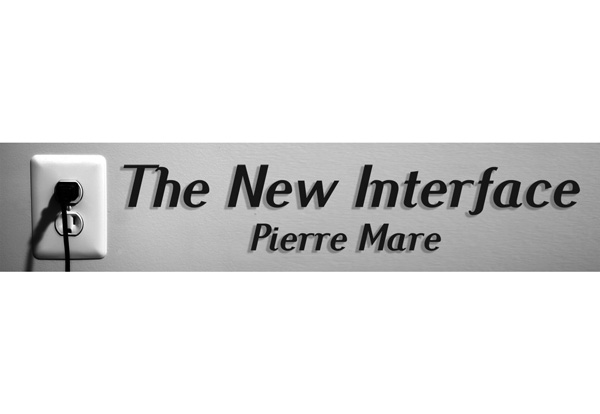
Aligning innovation goals to strategy
![]() Background
Background
In the previous article I considered some innovation resolutions for the New Year and discussed some tactics to establish and sustain new habits. One of the innovation resolutions I mentioned was planning for innovation and working to incorporate innovation goals into planning and budgeting cycles like the annual plan. The rationale behind this is that if an organisation can incorporate innovation goals and funding into the plan, it will become something that is monitored and measured. Whatever your innovation goals, it’s important to take the time to think about how well these goals align to your organisation’s or team’s strategy and therefore I want to discuss this topic in more detail.
Innovation goals
Let me take a step back first and answer the question of why set innovation goals? When you set goals for innovation, it helps your employees to focus on the right priorities. It empowers them to make the right decisions throughout the innovation journey. Without these goals your employees would be lost and when it is time to make decisions they would not know how to make the right decision. I am talking here about decisions such as which projects to pursue, prioritisation of actions and where to allocate resources. So how can you align innovation goals with the organisation’s strategy? It is a simple three step process. Firstly, familiarise yourself with the organisation’s strategy. Often we assume that unless changes have been specifically communicated to us directly, we should stick to the path we were on last year. This might sound obvious, but organisations regularly change their strategic priorities and it’s important to make sure your innovation goals are aligned to the latest strategic direction. Secondly, do a stocktake of your existing innovation goals and write them down. This is important not only because as humans, we tend to overestimate our ability to remember things, but also because this physical representation of your goals will form a bridge between your intensions and your behaviours. Thirdly, assess whether your existing innovation goals align to this strategy. Are there some you can put on the back burner or scrap altogether? Perhaps there are new, better opportunities for innovation? The main reason behind this exercise is to make sure you’re not wasting your time on projects that will never be adopted by the organisation, leading to unnecessary frustration, which will leave you less than inspired to work on innovation projects in the future. In addition, if your innovation goals don’t align with the business strategy, then this almost always leads to wastage and inefficiency. You would probably have noticed that the advice given above is based on the gross assumption that you already have some innovation goals pinned down for the organisation. But what actions do you take if you do not have any innovation goals yet? Planning and setting goals for innovation is not any different than for any other organisational objective or activity, whether it is planning a specific project, mapping the organisation’s strategy, or setting sales-, productivity-, and financial goals. I have stated many times that innovation is not magic – it is a discipline that can be learned and excelled in. There is a lot of information available on how to set goals for innovation, and some people even propagate that it is counterproductive to set goals for innovation, but that is a topic for another discussion… However, the best advice I can give concerning setting goals for innovation is to match your innovation goals with the organisation’s innovation maturity. If innovation is still a “fuzzy” concept in you organisation, don’t start with “make a million dollars through innovation”, rather start with “define what innovation entails for our organisation, appoint innovation champions and map out our innovation process.”
Next Time
Next time I will discuss the matter of determining an organisation’s innovation maturity, an important first step before setting innovation goals. I conclude with a quote from Tony Robbins: “Setting goals is the first step in turning the invisible into the visible.”












































